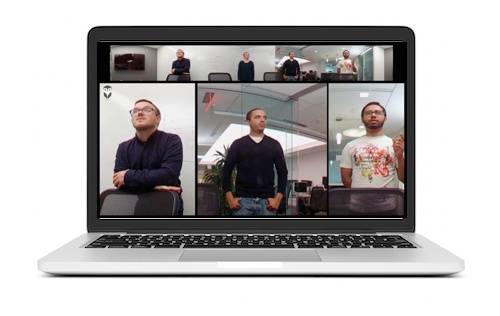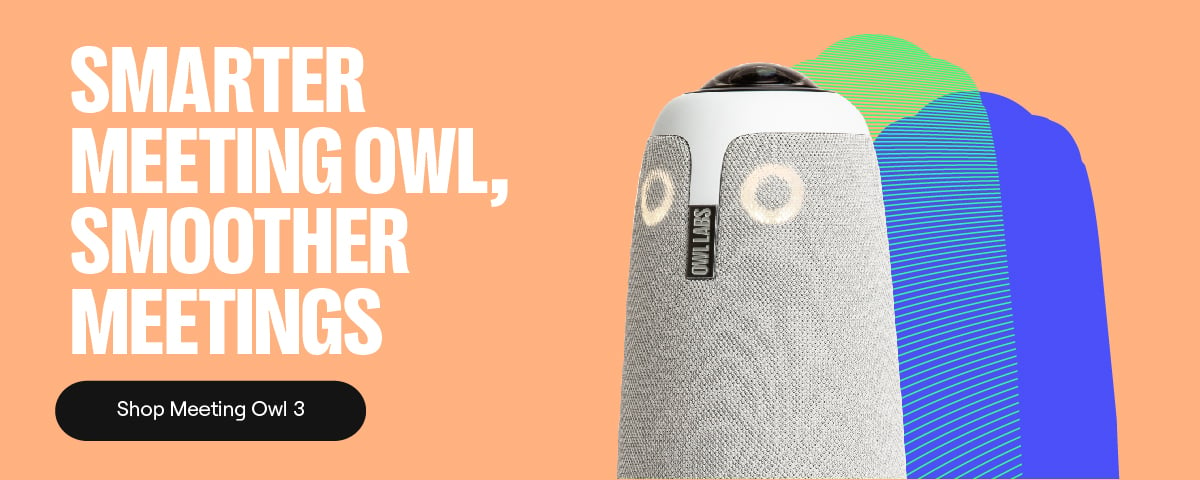Over the last several years, the movement around “remote-first” companies has steadily increased. And while it’s difficult to pinpoint the beginning of when and how “remote-first” came into business discussion, one thing is clear: it’s not going away.
As the global economy continues to scale, the way in which businesses and organizations do work will continue to transform.
That’s not to say, however, that every company has it figured it out. In fact, many companies struggle to define when and how employees can work remotely, and when they do, how to make distributed teams work effectively together.
In order to find out how growing companies are enabling remote-first in their organization, we chatted with Sarah Durlacher, an Organizational Design and Development team member at ConsenSys, a blockchain technology company working to build a decentralized world. To date, ConsenSys has over 20 offices, including London and New York.
How ConsenSys Reduces the Friction of Remote Work
While there are certainly pros and cons to remote work, ConsenSys, like many other remote and distributed companies are finding solutions that help the pros greatly outweigh the cons. What’s more is that new technologies are making some of the difficulties that used to be associated with remote work almost non-existent. So how does ConsenSys do it?
Team-wide agreements for work
For ConsenSys, the rules of remote work are decided by teams. Everything from how often to work remotely, how often to get together in person, and what remote work etiquette you use is determined by team-wide agreements.
For example, Durlacher cites video conferencing etiquette as an agreement she and her team have made. The team defaults to having their cameras on at all times and sets guidelines on when to keep individuals on mute during the meeting to prevent audio interruptions.
These agreements and social norms help foster more effective communication and help set work intentions within the group.
Monthly agile sprints
While remote-first work cultures try to enable everyone to work wherever they want to on the day-to-day, nothing can replace face time with teammates. Because of that, teams at ConsenSys strive to get together at least once per month to do their agile sprint planning.
Durlacher says that while it doesn’t necessarily happen every month, having the guideline in places gives everyone something to work toward to ensure that they are building relationships when they can without sacrificing their remote work ideals.
Making Video Conferences More Inclusive
One of the biggest challenges to remote and distributed work is group video conferences. While 1:1 video conferences work wonderfully using a laptop webcam, meetings where groups of 2 or more people are situated in a conference room while others are tuning in from elsewhere can make it difficult to hear, understand, and thus collaborate.
To solve for this problem, ConsenSys, along with many other remote-enabled companies, bought the Meeting Owl, an all-in-one 360º video conferencing camera, for their conference rooms.
The Meeting Owl allows team meetings to be more productive and inclusive of remote team participants. Rather than showing one view of a conference room when a camera is placed above a TV at the front of the room, the Meeting Owl sits in the middle of the room and shows 1) a panoramic view of the room so all remote participants can tell who is there and 2) a close-up view of the active speakers that switches automatically as new speakers talk.
The result, for the remote or distributed participant, is a view of the room like the one below:

For ConsenSys, using the the Meeting Owl is key to making their hybrid work environment successful. While some employees are fully remote and others come into one of their office spaces daily, there are meetings every day where meeting participants are dialing in from various locations, often in groups. The Meeting Owl transforms the meeting experience from a remote culture “con” to a remote-work enabled meeting experience.
According to Durlacher, the Meeting Owl doesn’t replace the need for in-person get togethers, but it has improved the social relationships and meeting experience greatly.
Want to try the Meeting Owl for your company? We're now available in the US, Canada, and the UK!

